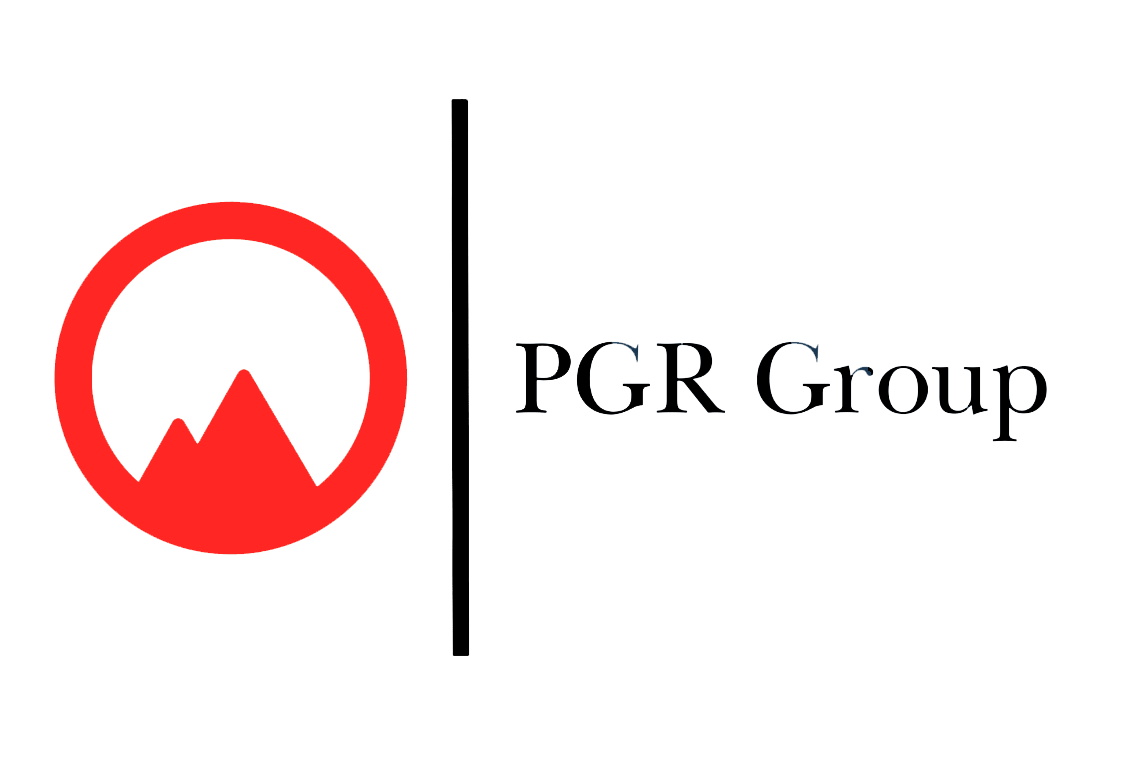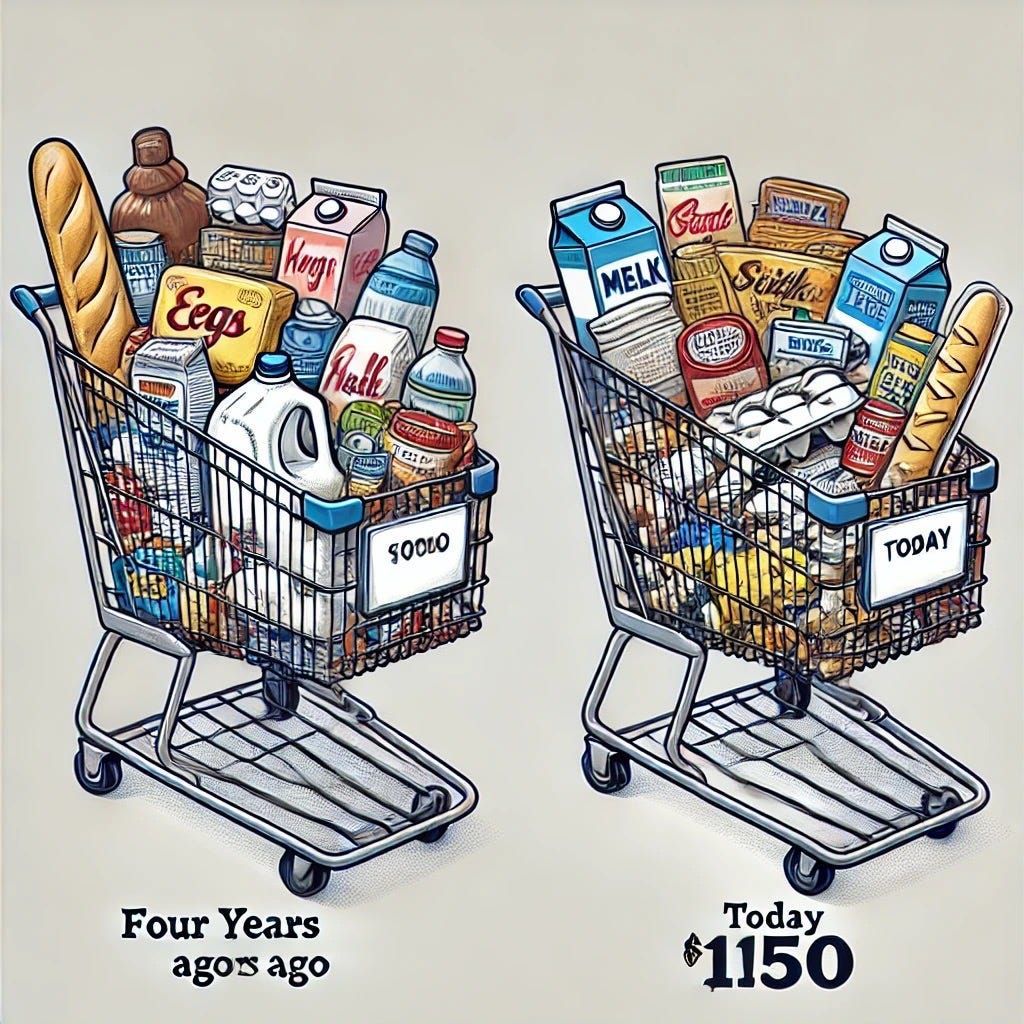The Untold Story of Phoenix’s Multifamily Market: How New Construction Defies the Odds
The real estate market has been hit hard over the past 18 months. Apartment sales are way down, but there’s a surprising exception that’s catching everyone’s attention: new construction.
Let’s dive into the numbers. In the first half of 2024, Phoenix saw nearly $2 billion in multifamily assets traded—a staggering 70% drop from the all-time highs of 2021 and 2022. But here’s the shocker: newly built properties, those fresh from the ground up, only saw a 10% decline. Even more impressive, they accounted for nearly half of all apartment sales in Phoenix this year.
So, what’s keeping these deals afloat? Developers are still meeting or exceeding their initial projections, which means they’re walking away with profits. It takes a solid 24 months to plan, build, and deliver new construction, plus another 12 to 18 months to fill those units with tenants. The properties selling now? They were likely underwritten in early 2021, back when the market was white-hot.
This is part of a larger trend. Merchant developers have a simple business model: build, stabilize, and sell. While other property owners are holding off, waiting for better days, these developers are sticking to their strategy—and cashing in.
Take Evergreen Development’s recent sale of Parc Lofts for $62.75 million as a prime example. This 258-unit complex in Tolleson, Arizona, was built in early 2023 and sold at a 5.5% cap rate, with 95% of its units occupied. The project’s journey began in October 2021, and the timing was perfect. Despite recent flatlining rents, Phoenix still saw a 20% rent hike from 2020 to 2024, translating into a steady 5% annual growth over four years.
Who’s snapping up these properties? It’s private investors, high-net-worth individuals, and long-term buyers who see the value in these new builds. With the big funds backing off, there’s less competition, and these savvy buyers are getting premium assets at prices below replacement cost. Plus, these new constructions give them a longer runway before they have to start spending on major capital improvements.
Here’s why it matters: With cap rates on older Class B and C properties not offering enough of a risk premium, many investors are choosing the stability of newly built assets, which are trading in the low 5% range. With higher vacancy rates and sluggish rent growth in the forecast, the once-popular value-add investment sales have slowed considerably.
Looking ahead, Phoenix has about 30,000 units currently under construction, adding to the more than 55,000 units delivered since the end of 2020. This flood of new supply might be weighing on property performance now, but for investors with a long-term view, it could be a golden opportunity.
Don’t miss out on the hidden opportunities in Phoenix’s multifamily market—subscribe for more insider insights.
Add your title here
This is a paragraph. Make sure the title suits the content of this text.
Add your title here
This is a paragraph. Writing in paragraphs lets visitors find what they are looking for quickly and easily. Make sure the title suits the content of this text.
This is a short title
Describe some quality or feature of the company. Write a short paragraph about it and choose an appropriate icon.
This is a short title
Describe some quality or feature of the company. Write a short paragraph about it and choose an appropriate icon.
This is a short title
Describe some quality or feature of the company. Write a short paragraph about it and choose an appropriate icon.




